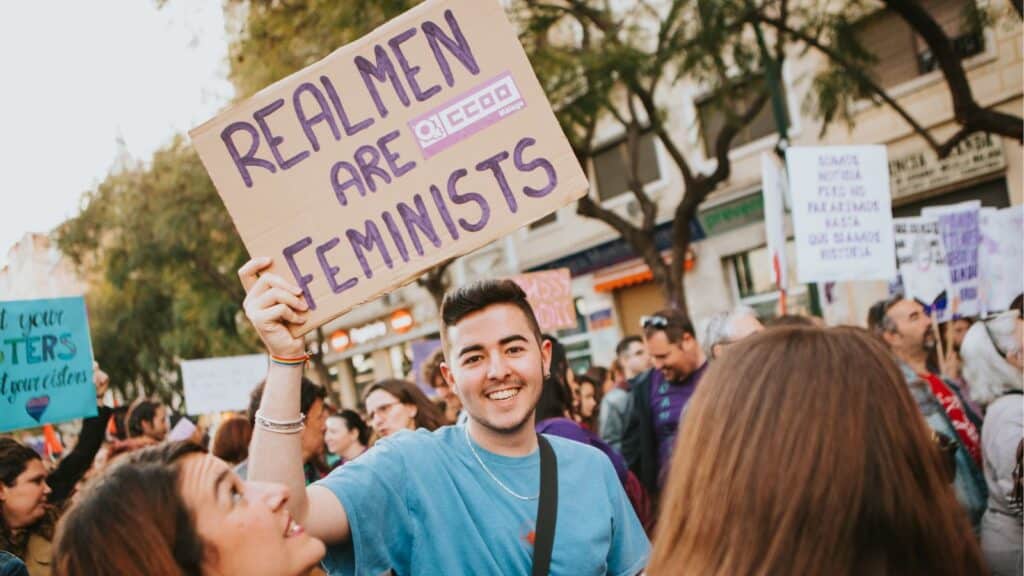Recent findings from King’s College London’s Policy Institute and Global Institute for Women’s Leadership expose a growing gender split among Generation Z regarding feminism and progressive ideas. The Guardian reports that only 43% of young men believe feminism has done more good than harm, signaling a departure from the traditionally progressive image associated with this demographic.
Perspective on Locker Room Talk
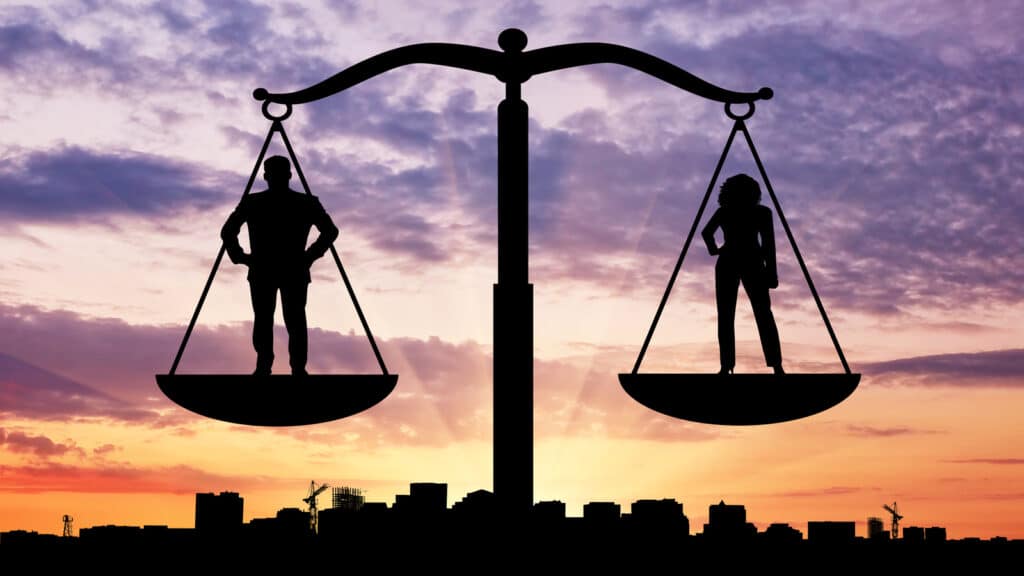
A 26-year-old from Hertfordshire sheds light on the disconnection he observes within his generation. Despite being personally progressive, he notes that his young teammates often engage in what he calls “locker room talk,” displaying a concerning lack of understanding and respect for feminism. This disparity raises questions about the influence of peer culture on individual beliefs.
Influence of Andrew Tate

Savanta’s findings highlight a significant gender disparity in opinions on Andrew Tate, a controversial social media influencer. While 32% of young men express a positive view, almost half (47%) hold a negative opinion. This sheds light on the conflicting attitudes within Generation Z, showcasing the nuanced nature of the views shaped by online influencers.
Reflection on Changing Humor

A 25-year-old from south London shares that his friends make sexist jokes influenced by comedy shows like The Inbetweeners. He notes the rapid transformation in what was once considered acceptable humor, emphasizing the need for evolving perspectives. This highlights the impact of media on shaping societal norms and attitudes, prompting a reevaluation of what is deemed socially acceptable.
Generation Z and Progressive Image

Despite being associated with progressive values, Generation Z, born between 1997 and 2012, reveals surprising trends. This cohort is known for its relaxed approach to gender and sexuality and a robust online presence. Still, a significant gender divergence in feminist views is emerging. This shift challenges preconceived notions about the homogeneity of beliefs within this generation.
Young Men’s Skepticism on Feminism

King’s College London’s study reveals that less than half (43%) of young men believe feminism has done more good than harm. Notably, one in six males between 16 and 29 feel that feminism has done more harm than good, compared to one in eleven females. Exploring the reasons behind this skepticism unveils the complex interplay of cultural, educational, and personal factors shaping opinions on gender equality.
Global Gender Ideological Differences
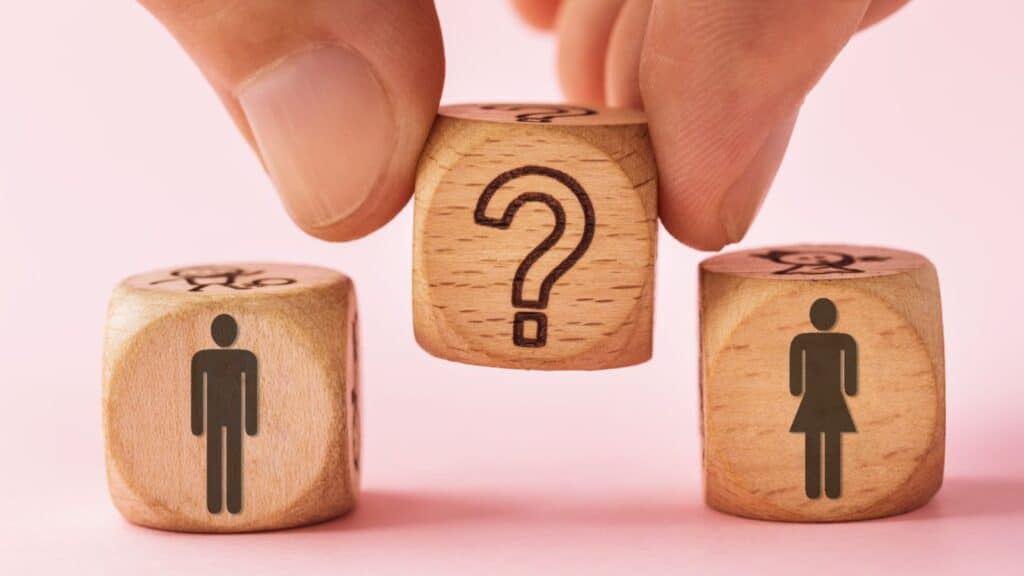
The gender gap is not confined to the UK; it extends globally. Gallup data shows a growing ideological difference between young men and women in the US, with a 30-point liberal lead for women aged 18 to 30. Similar gaps are observed in Germany, highlighting a broader societal trend. Understanding these global variations provides a more comprehensive perspective on the factors influencing attitudes toward feminism.
Historical Context and Backlash
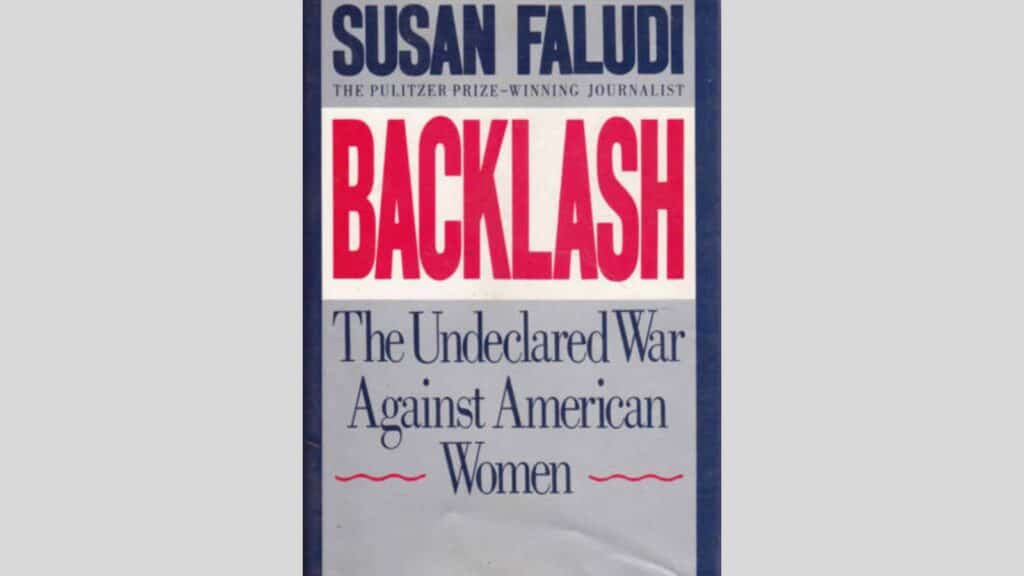
Feminist author Susan Faludi’s 1991 book, “Backlash,” proposed that a backlash against women’s rights is a recurring phenomenon, coinciding with women’s progress toward equality. The current shift in attitudes among young men may be part of this historical pattern. Recognizing these historical patterns enables a deeper analysis of the cyclical nature of societal attitudes toward gender equality.
Impact of the MeToo Movement and #NotAllMen
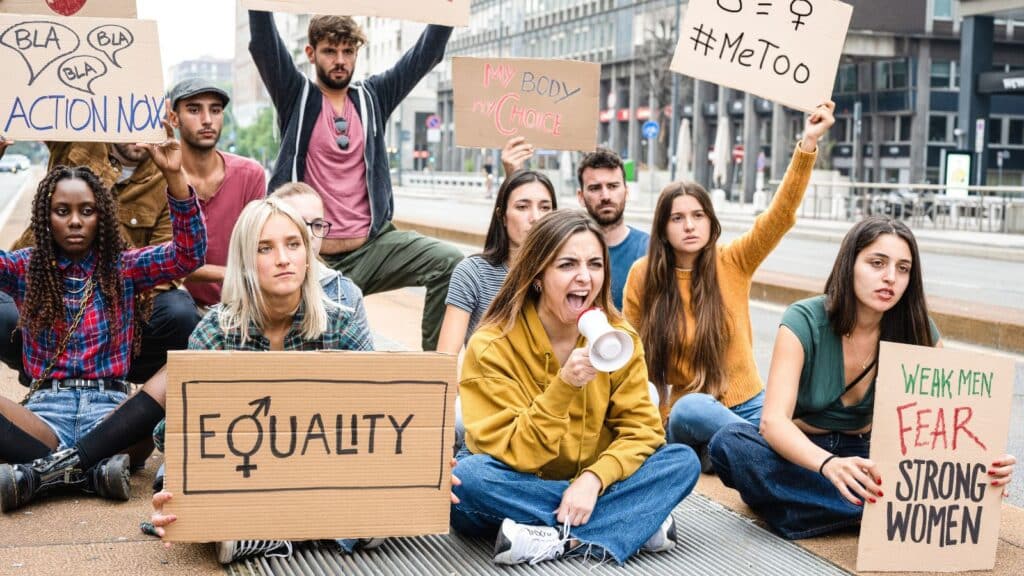
The MeToo movement, gaining momentum in 2017, prompted women to share stories of sexist treatment. The emergence of #NotAllMen as a counter-narrative indicates the discomfort and pushback against the changing narrative, emphasizing the complex dynamics at play. These contrasting narratives reflect the ongoing struggle to reconcile differing perspectives and experiences within the conversation on gender equality.
Rise of Everyone’s Invited Movement
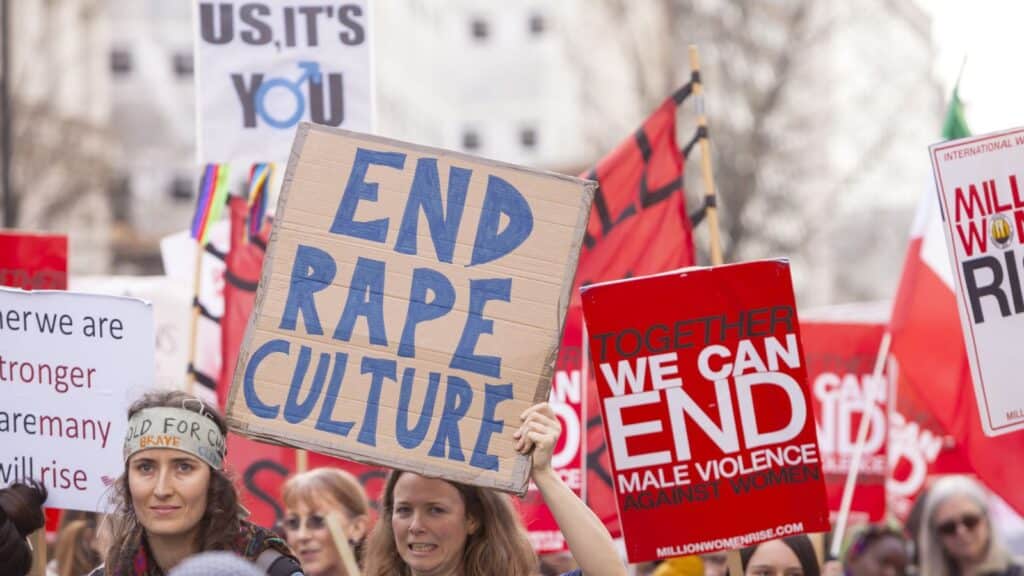
The Everyone’s Invited movement in Britain, initiated in 2020, brought attention to “rape culture” in schools. The movement exposed the normalization of inappropriate behavior, highlighting the need for societal reflection and change. Examining the societal impact of such movements becomes crucial in understanding the catalysts for change and fostering more inclusive environments.
Online Exposure during the Pandemic

With pandemic lockdowns confining young people to their bedrooms, online exposure increased. The “manosphere,” comprising misogynistic online communities, gained traction, influencing young minds and normalizing behaviors considered fringe before. Exploring the digital landscape’s role in shaping attitudes provides insights into the challenges and opportunities for fostering more inclusive online spaces.
Insights on Misogynistic Influencers

It is suggested that influencers like Andrew Tate use rational ideas to promote an anti-feminist agenda among young men. The rise of disinformation and echo chambers on online platforms contributes to the polarization of attitudes. Understanding the mechanisms behind the influence of online platforms allows for targeted interventions to counteract the spread of harmful ideologies.
Lack of Sex Education and Pandemic Isolation
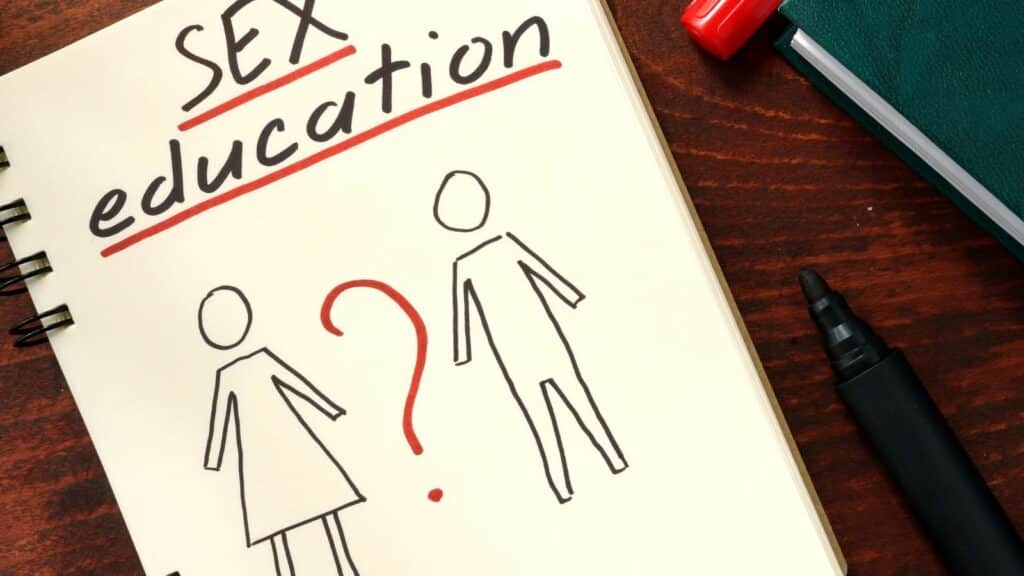
It is argued that young people deprived of proper sex education during the pandemic face challenges in distinguishing between truth and misinformation. Isolation and increased online exposure contribute to issues in understanding and interpreting social dynamics. Addressing the gaps in education and support systems becomes crucial in empowering young individuals to critically engage with and challenge prevailing narratives.
Political Backdrop and Leadership Influence
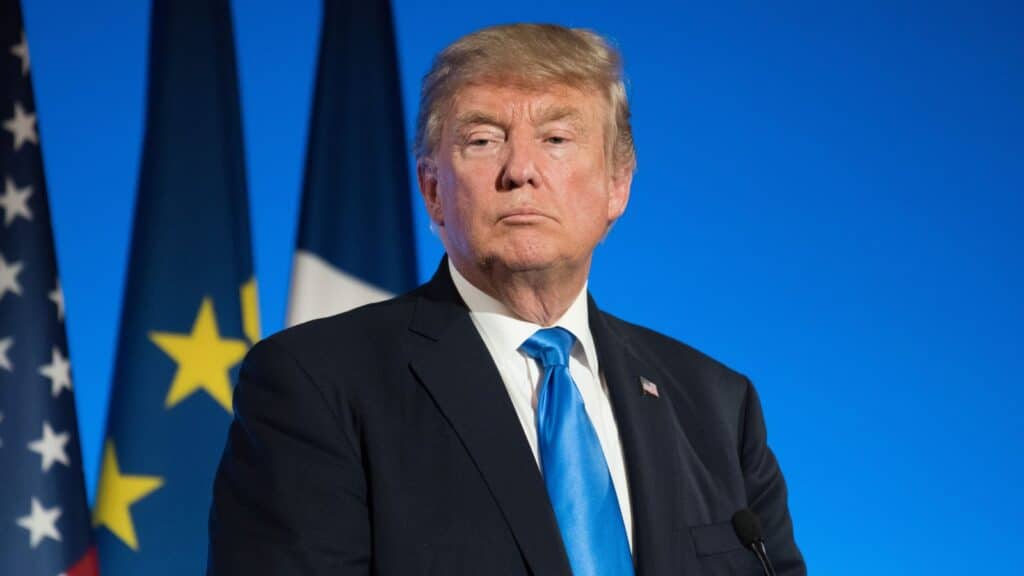
With leaders like Donald Trump and Boris Johnson, the political context has played a role in endorsing certain views. The existing power structures contribute to the acceptance of hateful perspectives among the youth. Examining the intersectionality of political influences on societal attitudes provides a holistic understanding of the forces shaping generational perspectives on gender issues.
Towards Better Education and Inclusion

The Fawcett Society emphasizes the need for better education on gender inequality. Holding technology firms accountable for controversial content dissemination and actively involving boys in conversations are proposed strategies to bridge the ideological gaps within Generation Z. Advocating for comprehensive education and inclusive dialogue emerges as a proactive approach to fostering understanding and unity within diverse perspectives on gender issues.
19 Grim Realities of Dating After 50 That Are Often Overlooked

19 Grim Realities of Dating After 50 That Are Often Overlooked
26 Things That Will Be Extinct Because Millennials Refuse to Buy Them

26 Things That Will Be Extinct Because Millennials Refuse to Buy Them
24 Outdated Slang Terms You Absolutely Shouldn’t Be Using Anymore
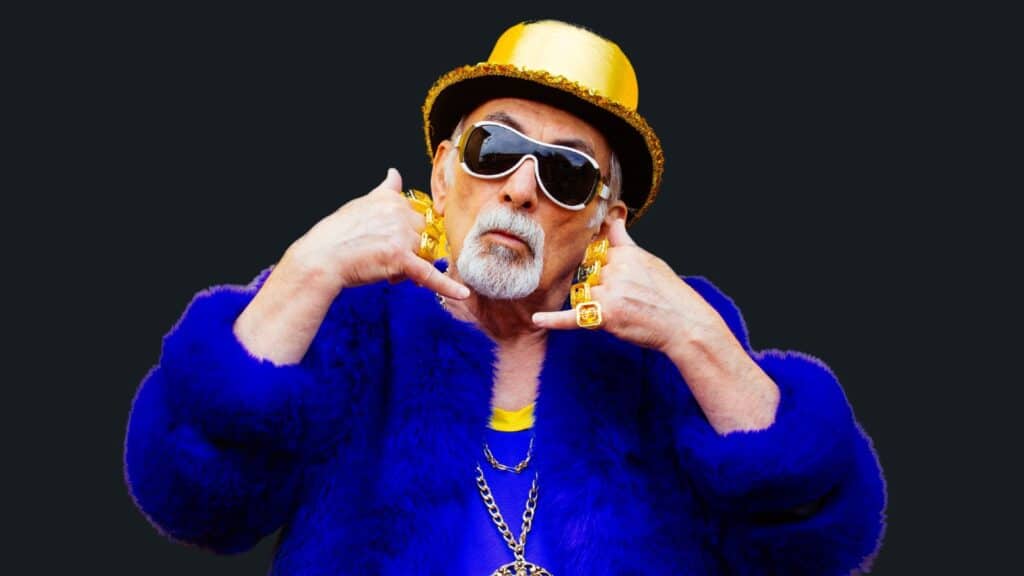
24 Outdated Slang Terms You Absolutely Shouldn’t Be Using Anymore
25 Hardest Parts About Getting Older That No One Ever Talks About

25 Hardest Parts About Getting Older That No One Ever Talks About

